

For a brief period, we considered giving Metroid Prime Trilogy a 10. The original Prime, released in 2002, was a near-perfect blend of sci-fi shooting and thoughtful exploration. The version on this disc has been immensely enhanced with spot-on motion controls that make the previously stiff aiming a breeze. Right away that’s worth buying… and then Nintendo crams Prime 2 and Prime 3 on the same disc, all with exceptional motion controls. Essentially they’ve made a series of outstanding games, one of which was nearly a 10/10 in the first place, even better than before.
Knowing this, it goes without saying this compilation kicks every other Wii FPS square in the nuts, and we’re flat-out telling you to buy it. But for the sake of elucidation, we’ll explain precisely why Prime Trilogy has us so excited.
When Metroid Prime first released, everyone felt they had to call it a first-person shooter because, well, it was first person, and you had an arm cannon, so what else could it be? The term “first-person adventure” was thrown around a lot, but today we can summarize the experience by saying “it’s a little like BioShock.”
Oh, you kill things with lasers, but there’s so much more to the game than pulling a trigger. The whole planet is your playground, from rain swept caves to superheated underground tunnels to submerged spacecraft, each with slight touches that make it feel distinct. Insects scurry between rocks with no purpose other than to make Tallon IV seem like a real, functioning biosphere. Water, heat and bright flashes all dance across your visor, occasionally offering a glimpse of space-heroine Samus Aran, reaffirming that you’re playing as a definite person, not a walking suit of armor.
It’s not just the atmosphere that makes the journey so memorable – it’s also the sense of personal progression. Each game begins with Samus (predictably) losing her vast array of beams, missiles, grappling hooks and specialty visors, and by exploring every last inch of the planet you build her back up to her usual ass-kicking self. By the end you feel like a one-woman army, capable of ripping through any rock monster, poison-spewing moth or shadowy doppelganger the planet could possibly throw at you. In short, you’re not the same fighter you were at the start, much like the Plasmids and upgradable weapons in BioShock drastically change the way you tackle enemies in the back half of the game.
If you’re one of those people obsessed with backstory, all three Prime games lay it on thick with mission logs, translated artifacts and detailed files on every enemy, item and weapon in the game. Granted, a lot of it’s superfluous and occasionally boring, but it does flesh everything out for those who want to read up on the universe.
As we mentioned in the intro, the first game is substantial enough to warrant its own re-release. Adding Prime 2 to the mix, plus Wii’s Prime 3, all for the price of a regular game, approaches Orange Box levels of value. And while packaging never affects the actual score of a game, it’s nice to see Trilogy shipping in a fancy metal case and slipcover, when barely any other Wii games are worth the effort.
Fun fact about that metal case: it’s a Steelbook, the same that usually adds $10 to the price of various Xbox special edition discs. Maybe that’s what keeps this from being another $30 New Play Control game, we’re not sure. All we see is a slick box loaded with three of Nintendo’s best products for the price of one.
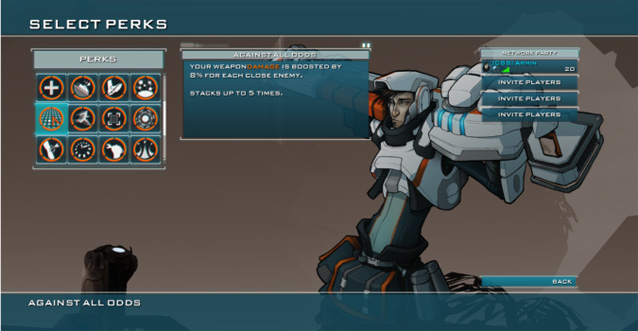

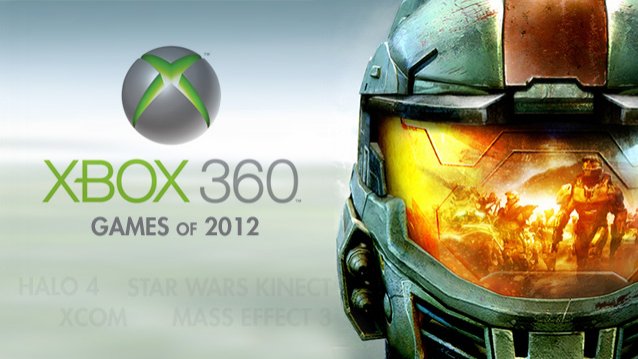
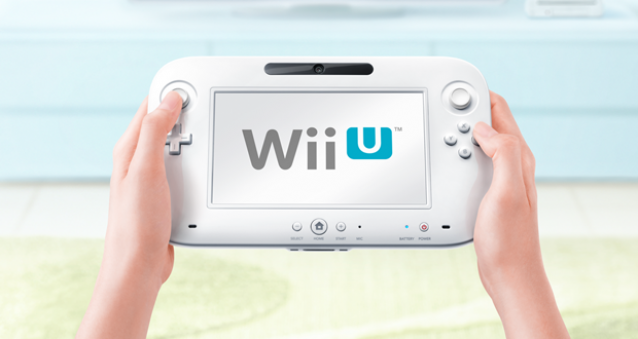
 Wolfenstein Guide
Wolfenstein Guide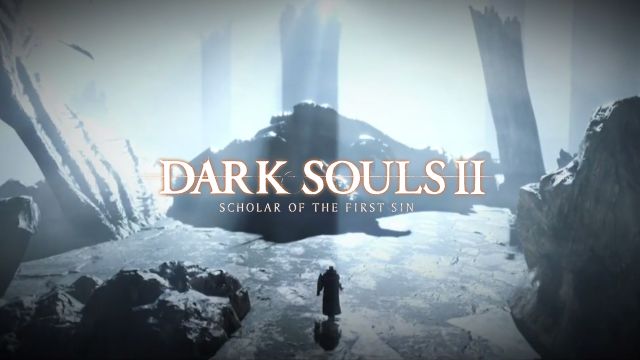 Working Fix For Dark Souls II: Scholar of the First Sin PC/non Xbox 360 Controllers Issue
Working Fix For Dark Souls II: Scholar of the First Sin PC/non Xbox 360 Controllers Issue FIFA 15: Team of the Year in Ultimate Team mode
FIFA 15: Team of the Year in Ultimate Team mode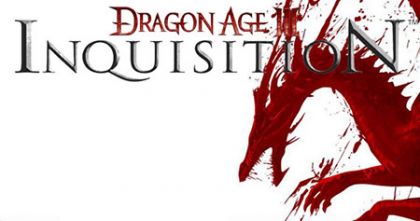 How to get all the Dragon Age Inquisition DLC Weapons
How to get all the Dragon Age Inquisition DLC Weapons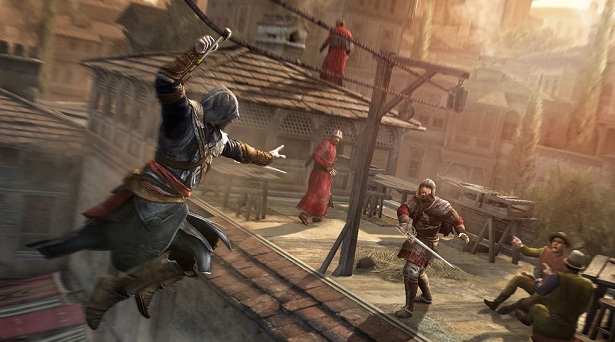 Assassin’s Creed: Revelations Walkthrough
Assassin’s Creed: Revelations Walkthrough